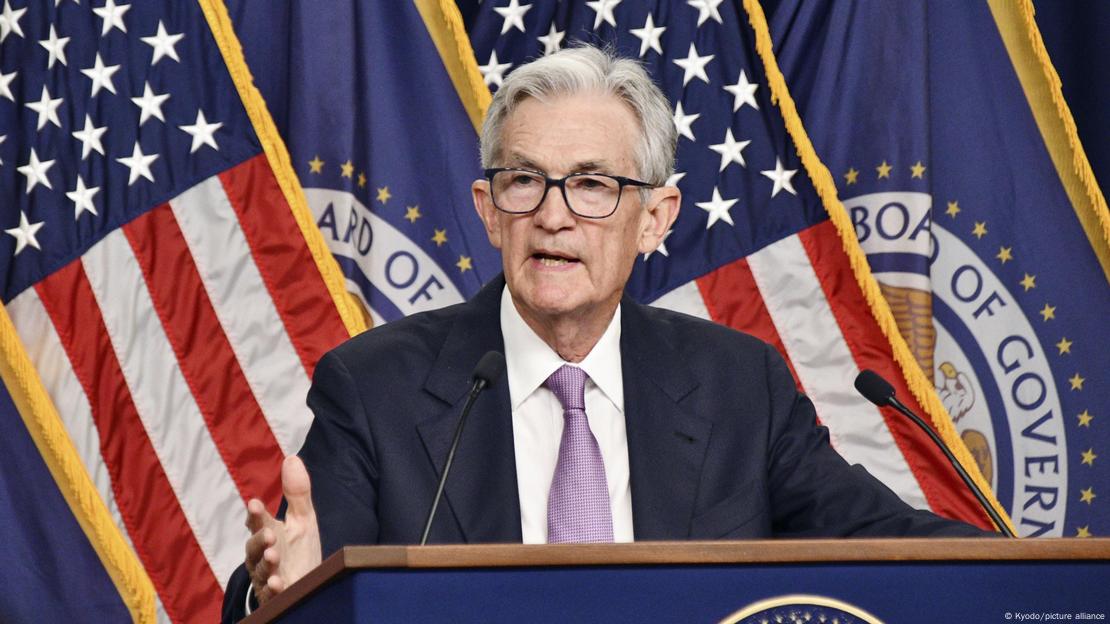The strength of the U.S. dollar has long been a subject of economic debate, and former President Donald Trump remains convinced that a robust dollar is detrimental to American industry. He argues that a weaker dollar would enhance exports, revive manufacturing jobs, and reduce the country’s substantial trade deficit. However, economic experts caution against this oversimplified viewpoint, noting that currency valuation is influenced by multiple complex factors beyond presidential control.
A strong dollar means that it is relatively inexpensive for Americans to buy foreign currencies, making imported goods more affordable. Conversely, when the dollar weakens, foreign currencies become more expensive, leading to costlier imports. As David Lubin, a senior research fellow at Chatham House, explains, “When the dollar is strong, U.S. imports rise because foreign goods become cheaper compared to domestically produced goods. At the same time, U.S. exports fall because they become more expensive for foreign buyers.”
While Trump has expressed a desire to weaken the dollar, economic strategists point out that achieving this is highly complex and mostly beyond any president’s direct influence. The global foreign exchange market, which determines currency values, is vast and decentralized, making it nearly impossible for a single leader to manipulate effectively.
Anthony Abrahamian, an investment strategist at Rothschild & Co Wealth Management, highlights that the dollar’s strength over the past decade is largely due to America’s relatively stronger economic growth compared to other industrialized nations. He also notes that the U.S. trade deficit is primarily a function of “relative demand,” as American consumers tend to spend more freely than their counterparts elsewhere, leading to higher imports.
Although direct control over the exchange rate is limited, the U.S. government does possess certain financial tools to influence the dollar:
- Federal Reserve Interest Rate Adjustments: The Federal Reserve (Fed) can cut interest rates to make the dollar less attractive to investors. While the Fed operates independently, past presidents, including Trump, have pressured central bank officials to make rate adjustments favorable to their policy goals.
- Foreign Currency Purchases: The U.S. Treasury can attempt to weaken the dollar by buying foreign currencies through the Exchange Stabilization Fund. However, the daily turnover in the global currency market is in the trillions, making such interventions difficult to sustain on a large scale.
- Policy Uncertainty: Trump could also make the U.S. a less attractive investment destination, which could weaken the dollar naturally. However, Lubin warns that this strategy is “a dangerous double-edged sword and highly unpredictable.” Trump’s frequent shifts on tariffs and trade policies have already introduced market uncertainty.
There is historical precedent for strategic dollar devaluation. The 1985 “Plaza Accord” was an agreement between the U.S., U.K., Japan, West Germany, and France to deliberately weaken the dollar. However, experts suggest that a modern equivalent, dubbed the “Mar-a-Lago Accord,” would face significant resistance.
Unlike the Plaza Accord, which was voluntary, the proposed Mar-a-Lago Accord aims to pressure other nations into compliance through tariffs and trade penalties. Stephen Miran, chairman of Trump’s Council of Economic Advisers, has pushed this initiative. However, Lubin and Abrahamian argue that China, the primary trading partner in this scenario, would be unwilling to agree to significant currency strengthening.
Attempts to weaken the dollar come with economic risks:
- Inflation: A weaker dollar makes imported goods more expensive, contributing to rising inflation.
- Higher Commodity Prices: Since commodities like oil and metals are priced in dollars, a weaker dollar typically increases costs for American consumers.
- Unemployment Risks: While a devalued currency may boost exports, it does not automatically make American products more competitive, as factors like production costs and efficiency play a role.
Trump’s push for a weaker dollar reflects his long-standing protectionist economic stance. However, currency valuation is influenced by global economic forces, and any attempt to manipulate the dollar carries unintended consequences. As Abrahamian cautions, “We should not always take Trump at face value” regarding currency devaluation. Given the complexities involved, the administration’s ability to enact significant long-term changes to the dollar’s value remains uncertain.


